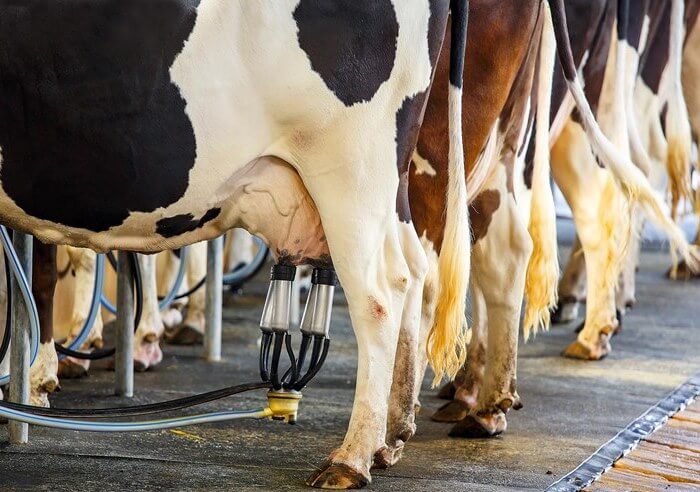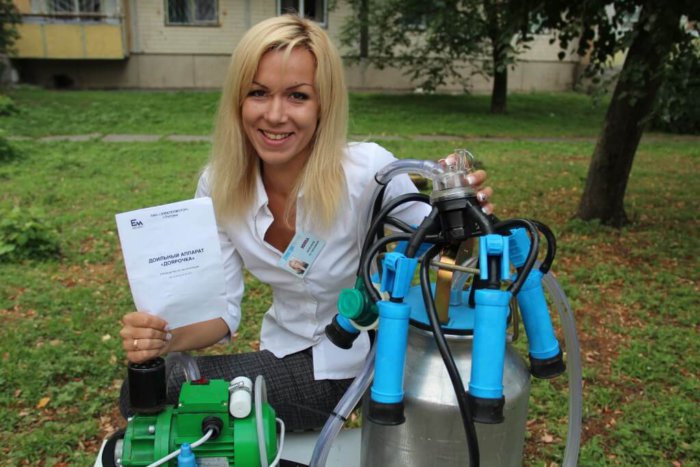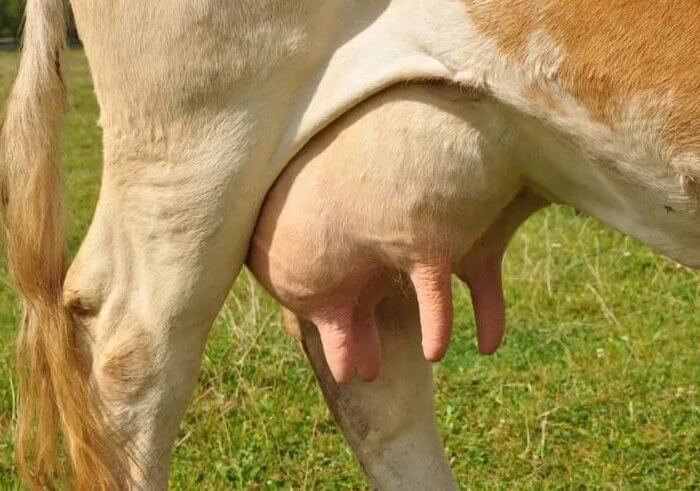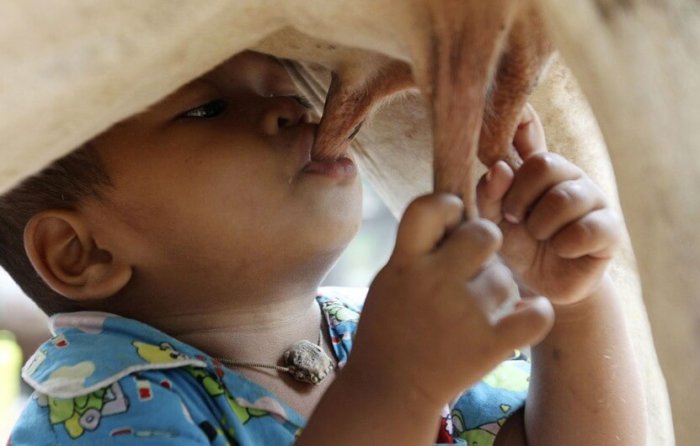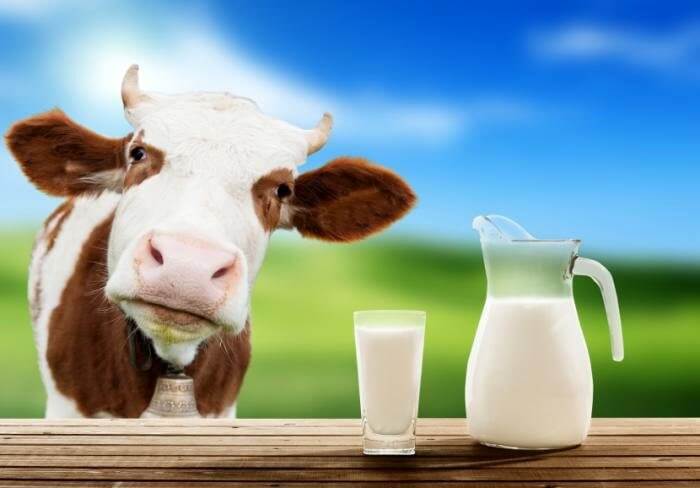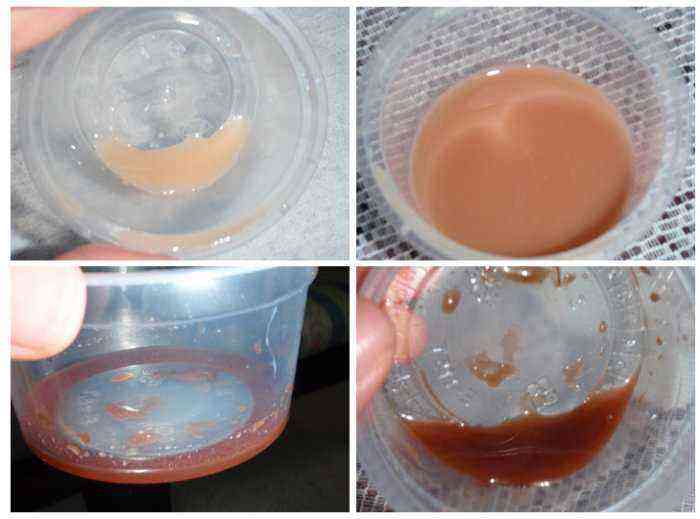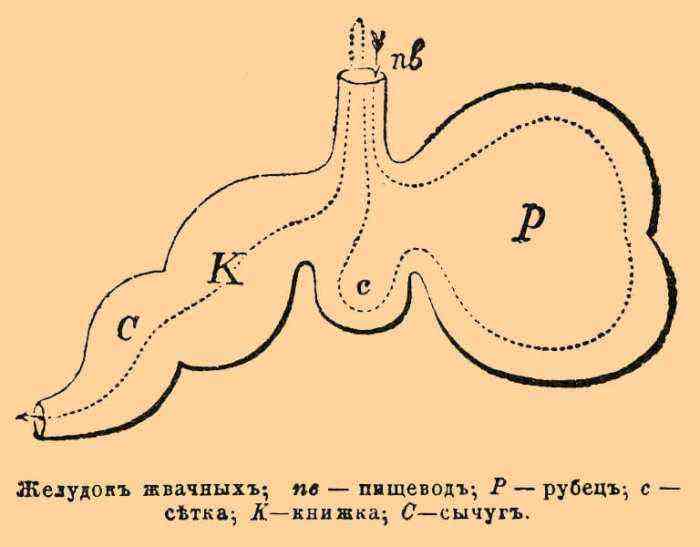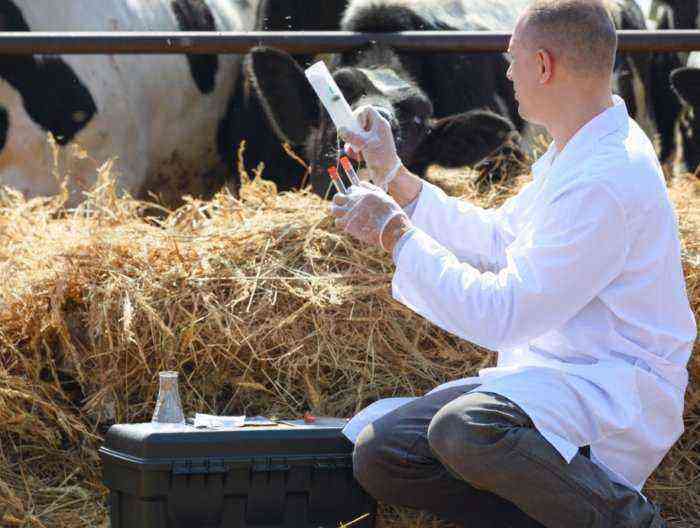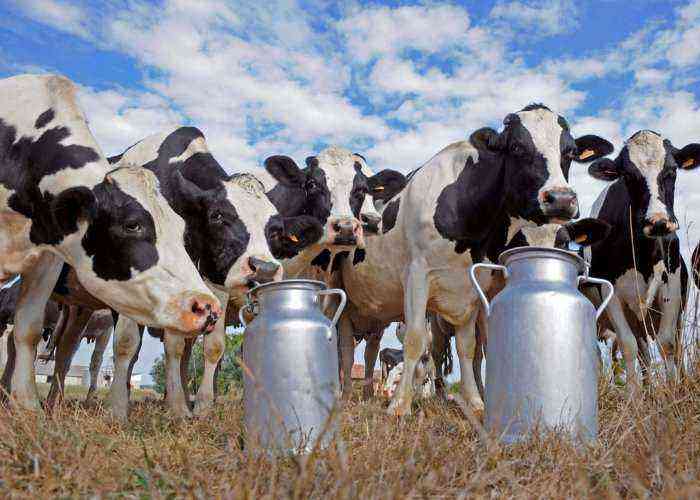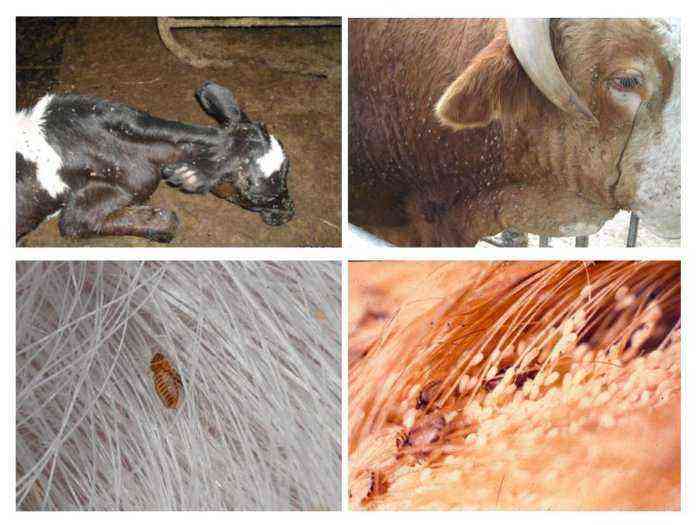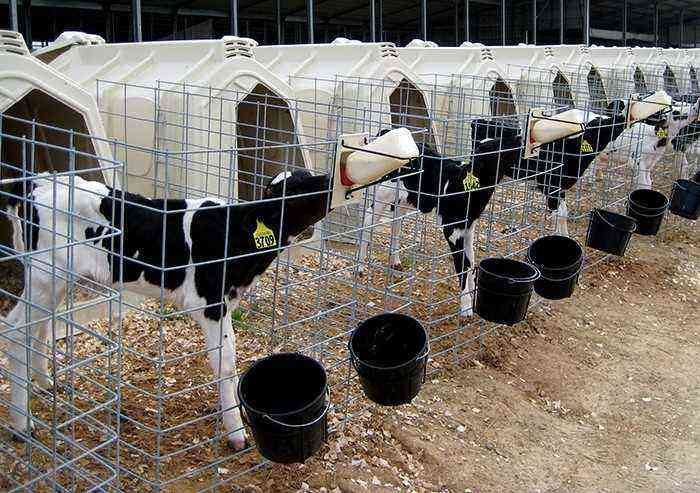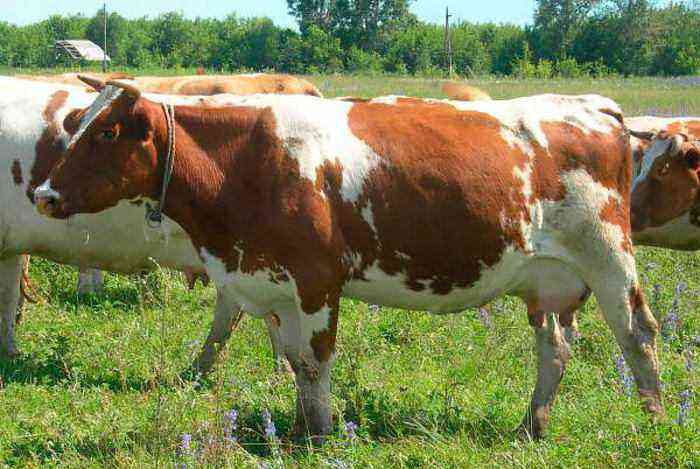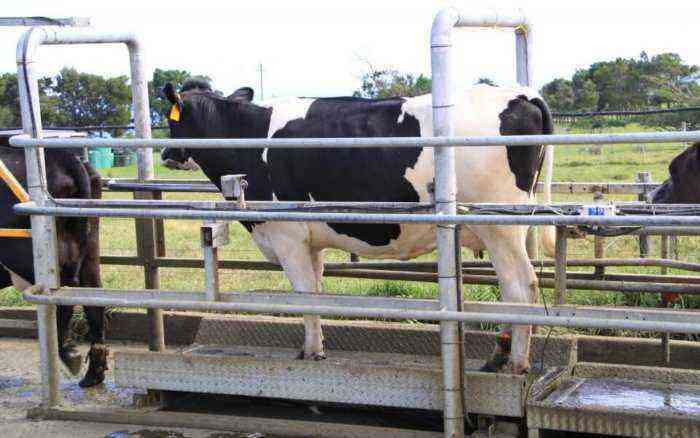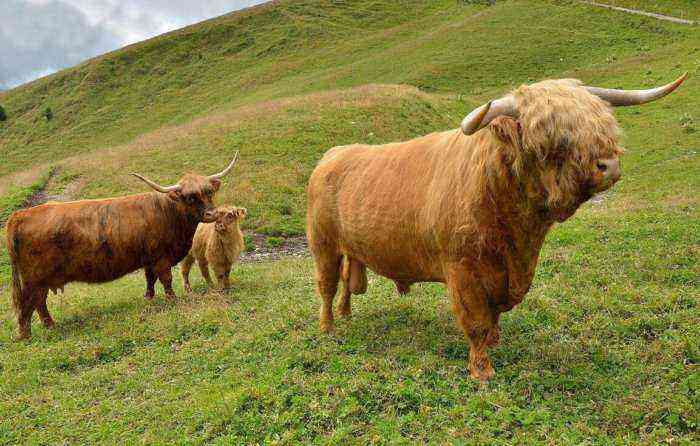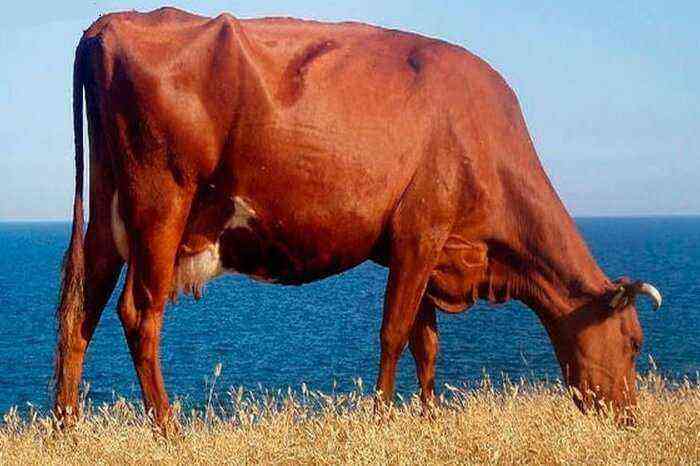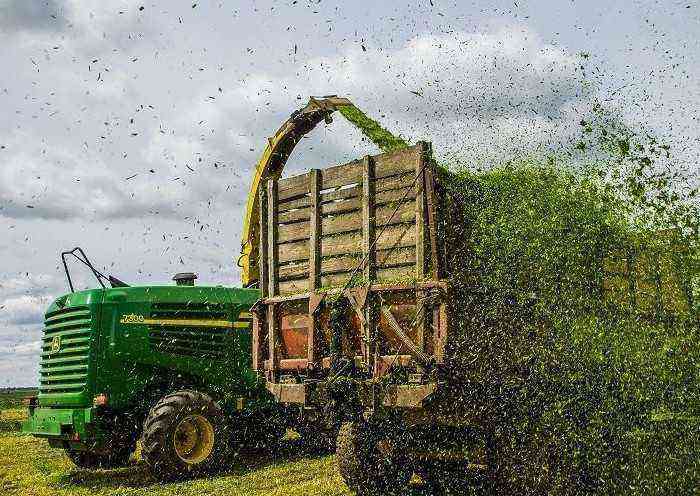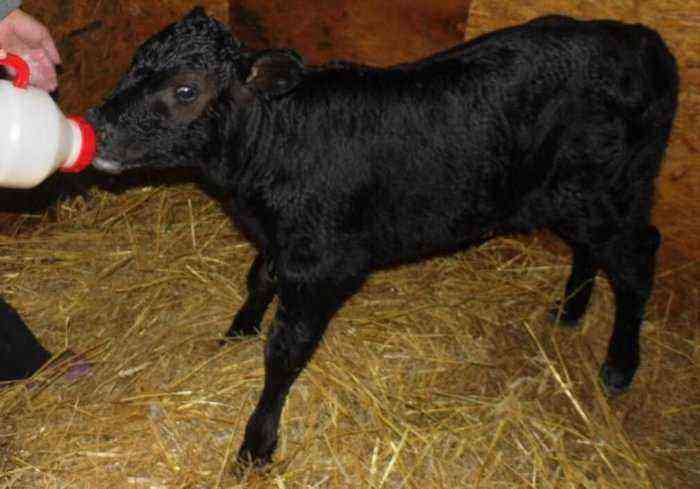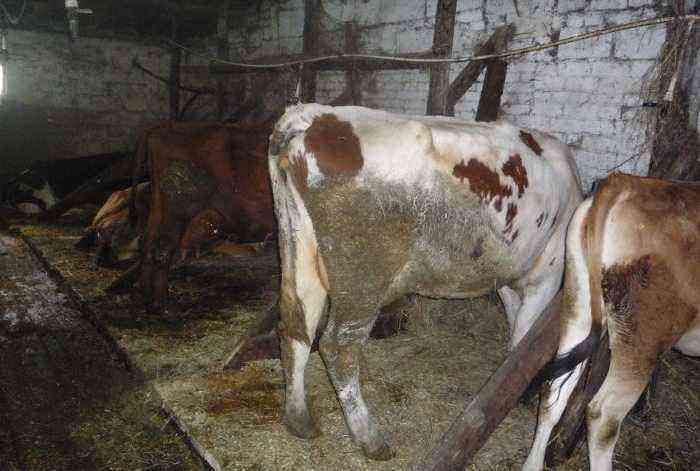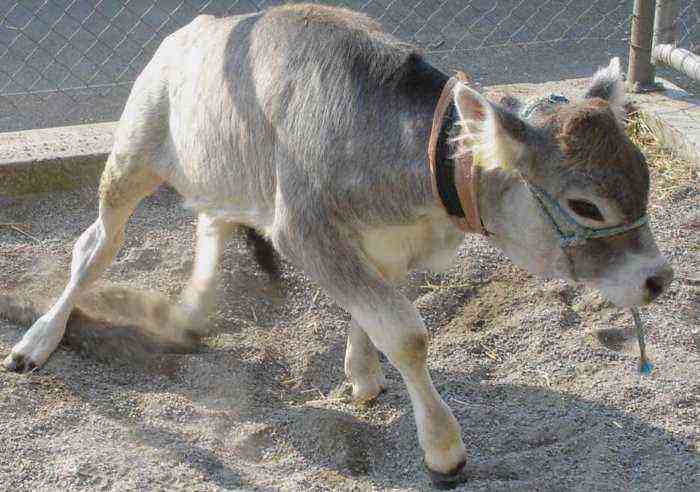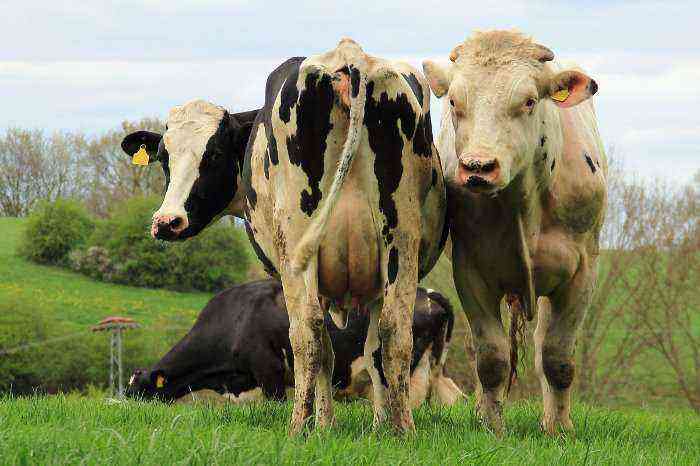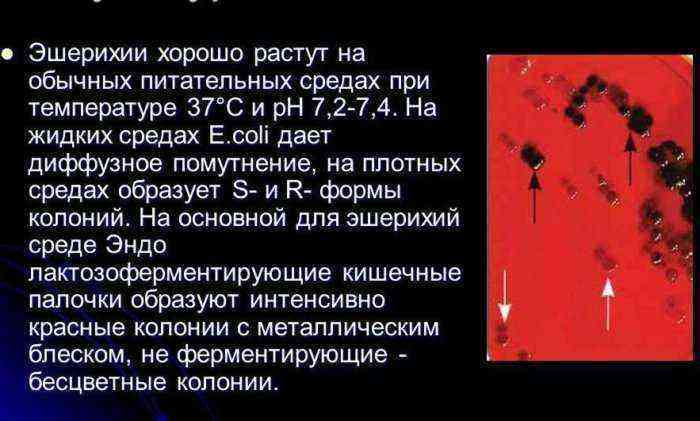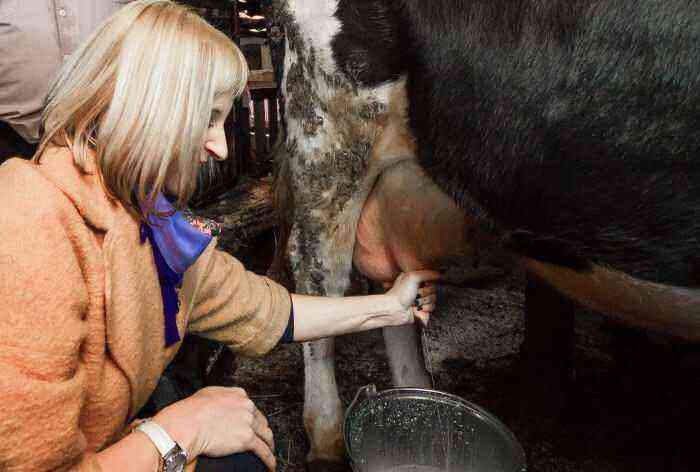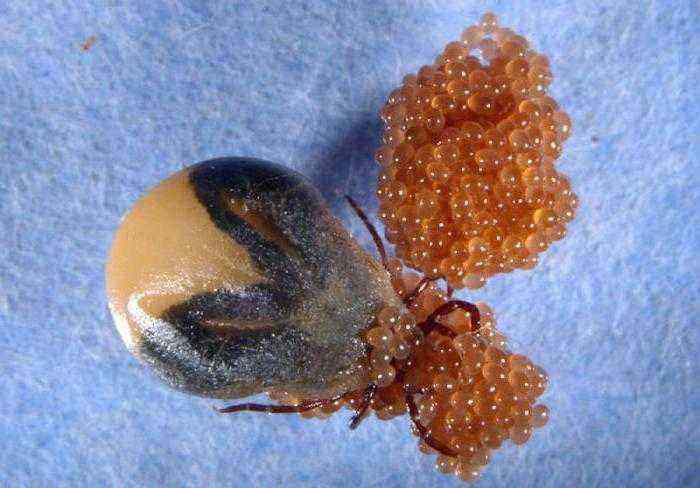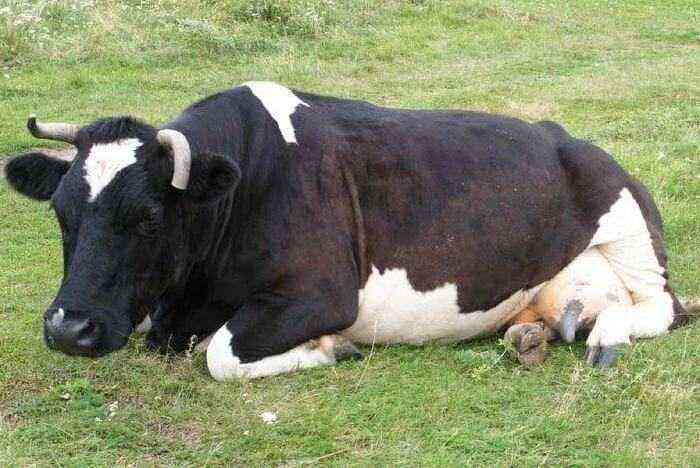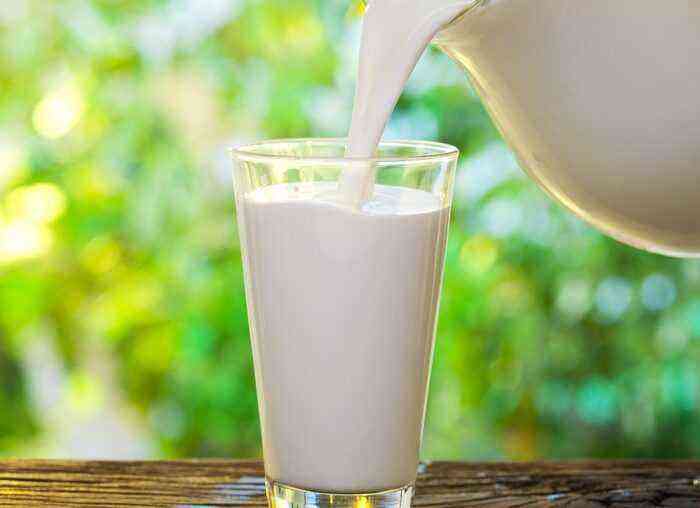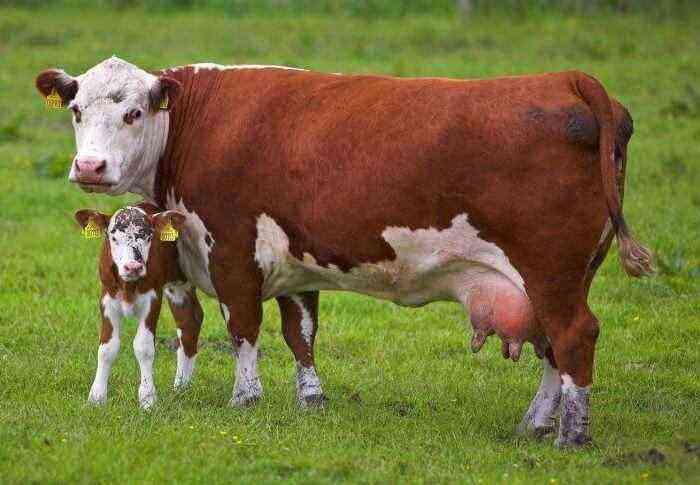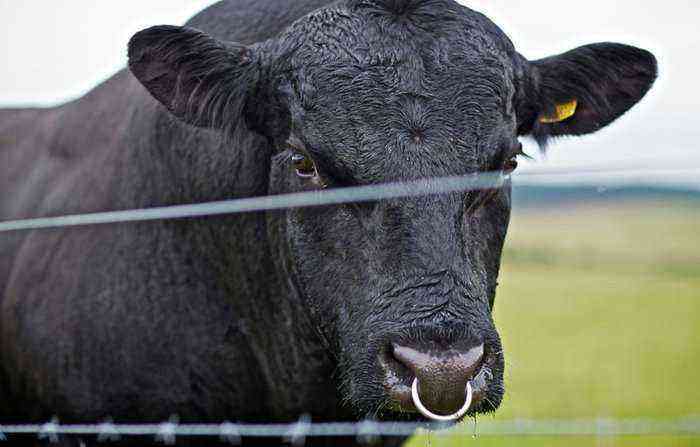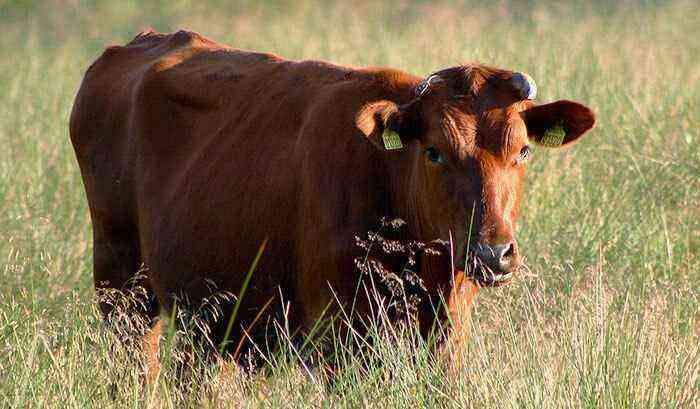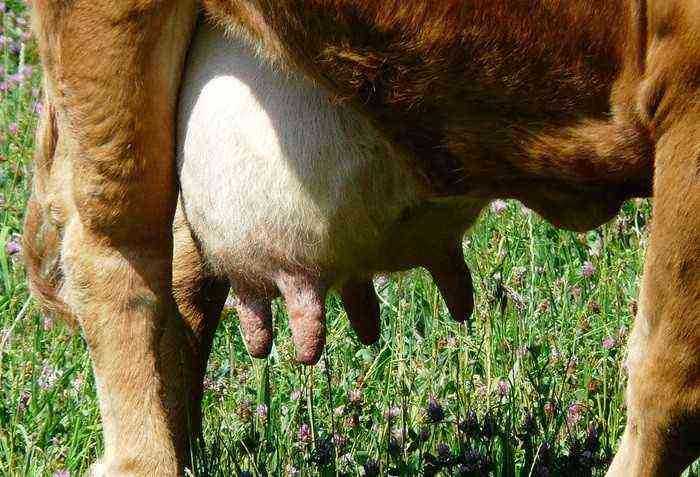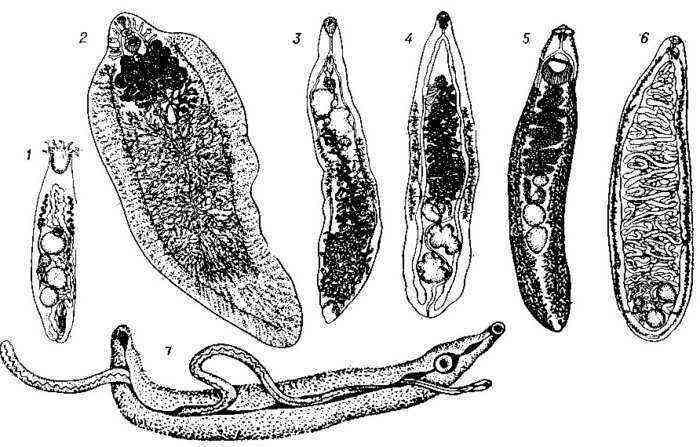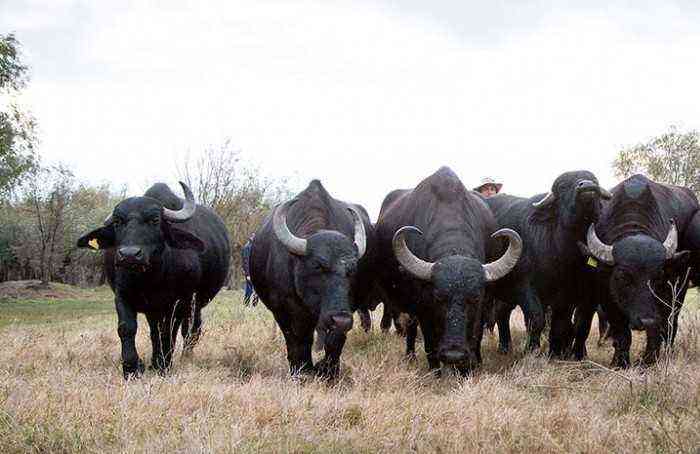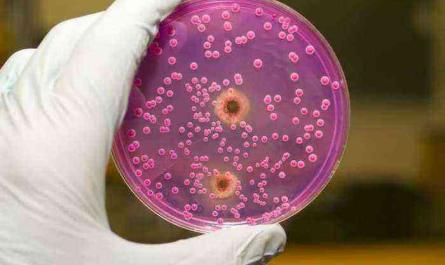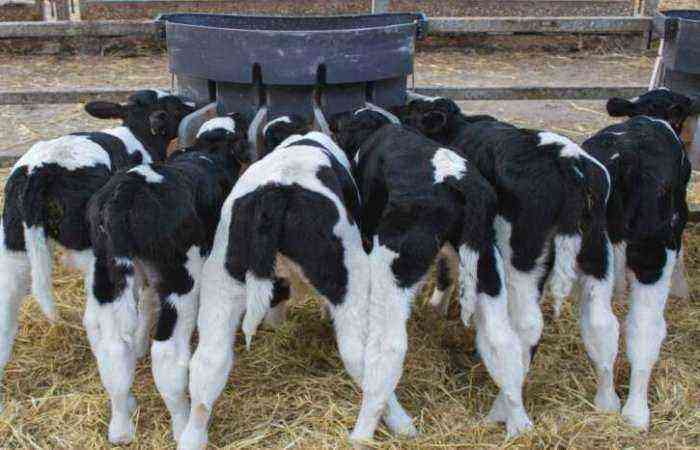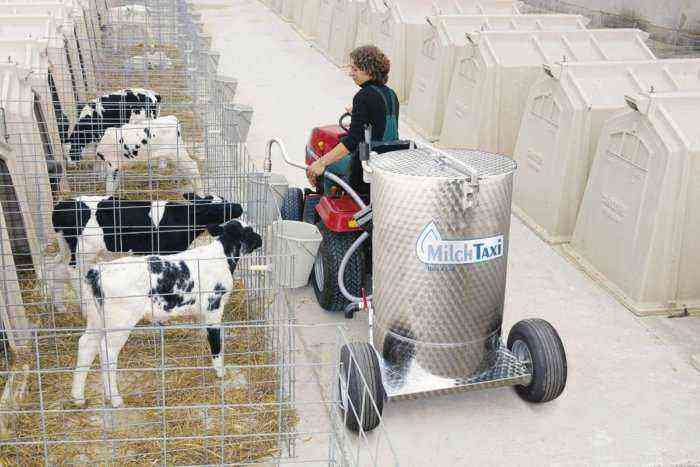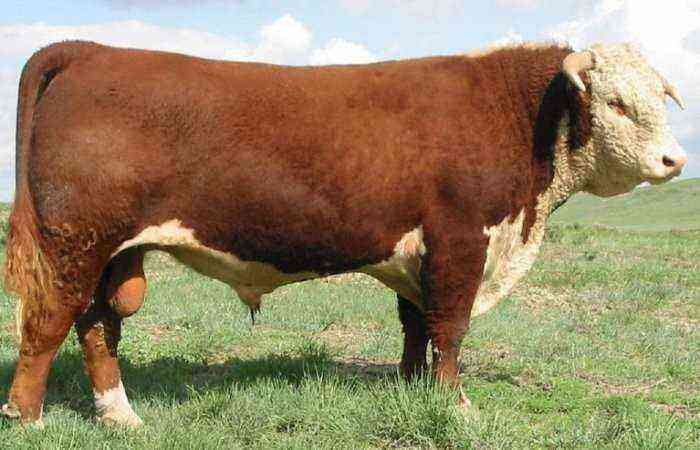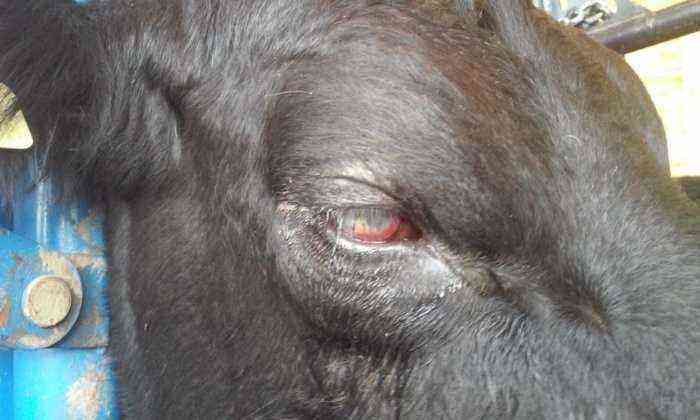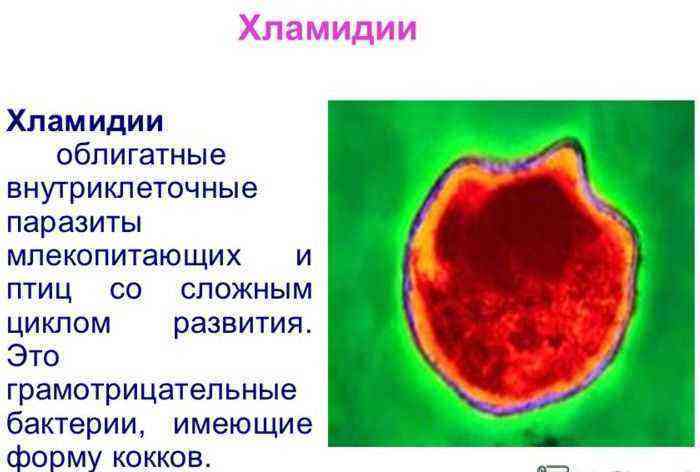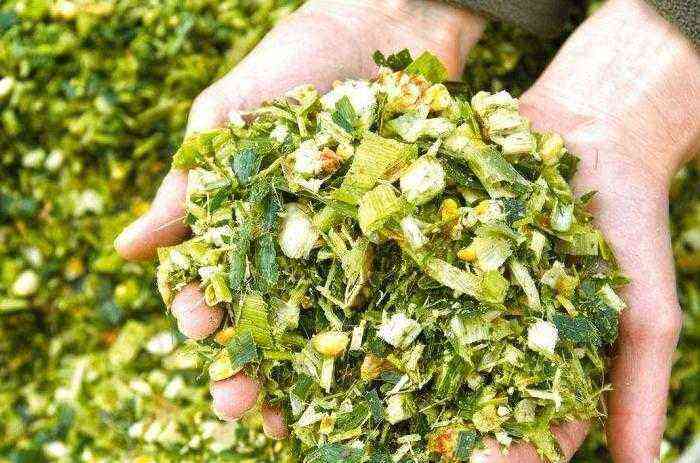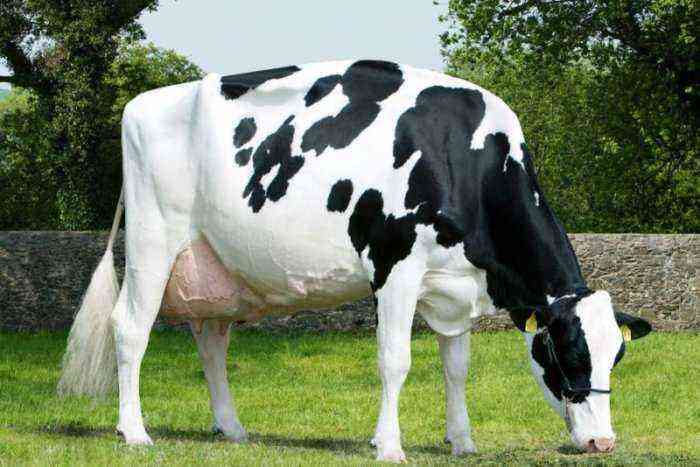In dairy farming, machine milking technology has long supplanted manual milking. Milking machines are not uncommon in individual farms. The costs incurred for the purchase of the units are quickly recouped. Less time is spent on milking, and the products meet higher hygiene requirements.
Machine milking of cows
Milking training
Hand milking is like a cow sucking the udder of a calf. The machine differs from it in the sensations that the animal experiences, therefore, without preparation, positive results cannot be achieved. By following simple guidelines, it is easy accustom a cow to a milking machine.
The procedures are coordinated with the time when milking is performed or planned.
Heifers are cooked for 2-3 months. For the first 2-3 days, the udder is lightly stroked, then stroking is supplemented with massage. 3 weeks before calving, stop and teach to wash with warm water and wipe with a towel. These procedures are the same as preparing for hand milking.
Then it is the turn to accustom to the noise of the milking machine. Animals are shy, stress is caused by even the slightest sudden sound. The installation is turned on in the place where milking is planned: heifers are taken there or the apparatus is moved to them.
After calving, the udder is developed for 2-3 days. It is carried out manually: no apparatus can cope better than a milkmaid. Massage increases milk flow, its speed. It has a positive effect on the prevention of mastitis. After that, machine milking begins: the animal is prepared for it.
Hand-milking cows are easier and faster. Adaptation does not take much time: 2-3 days are enough. Important points: accustoming to noise and, if required, to the room. On large farms, milk is sampled in the milking parlors. It is there that the animals are transferred and the apparatus is turned on, then they are returned to their permanent place.
If milking is carried out at a place of constant detention, then the manual procedure is accompanied by the sounds of a working installation. Most of the animals stop being frightened, get used to it in a few days, after which the machine is connected at the usual milking time.
Milking with a machine
Not all animals are easy to train. There are those who are especially timid or who are beginning to show aggression, who interfere with putting on the teat cups. Affectionate handling of them will calm you down, you may have to spend more time. Raising the voice, blows will not have a positive result: the cow will become even more restless and aggressive.
An important condition for accustoming a cow to a milking machine is orderliness and gradualness, no haste and impatience, the caress of a milkmaid.
Types of milking machines
All installations differ in technical capabilities, milking methods and mobility. Taking into account them, groups are distinguished with certain criteria:
- Method for obtaining milk. In large farms, it is collected from each cow through pipelines into one tank. Farmers use devices from which the product enters a separate small container.
- The number of cows connected for milking. On a small farm, it is enough to perform the procedure with two animals at the same time. This is unprofitable for large farms, they choose units designed for a large group.
- Motor type. Oily ones are quiet, do not like low temperatures, but the animals feel calmer. Dry engines run loudly, do not tolerate high humidity, but are unpretentious in operation.
The most important feature that characterizes the milking machine is how it works. There are two-stroke and three-stroke units. You can understand the difference if you look at how a calf suckles a cow. This happens in three steps: he squeezes the nipple, swallows milk, rests. This is exactly the principle of manual milking.
Relatively recently, only two cycles were available for milking machines: sucked and squeezed, constantly maintaining a vacuum. The moment of rest was ignored. For the unhindered flow of milk, the collector had a small hole for air suction. Such devices continue to live, but are used exclusively in the CIS countries.
Milking machine
Modern three-stroke machines take into account the natural conditions of milking and are supplemented with a rest phase. A portion of air is let in at this time under the nipples of the cow, the pressure under the glasses is almost equal to atmospheric pressure. Blood circulation is restored, which contributes to a better return of milk.
Important! It is not necessary to transfer cows from three-stroke to two-stroke machines: productivity is immediately lost and mastitis appears. It is forbidden to complete units with parts from other brands, use different devices on the same unit.
Milking rules
Their strict observance at all stages allows you to maintain the productivity of cows. When preparing, adhere to the following recommendations:
- Observe the condition of the udder. In addition, they study the information of the dairy, laboratories, veterinarians.
- Make up and follow the milking schedule. The first to undergo the procedure are those who have recently calved, then the young and all the rest. The last are the sick, the milking system is then thoroughly disinfected.
- Visually check the first trickles, which are milked into a special cup. In addition to the ability to assess quality, detect deviations, this is a powerful stimulus for milk flow.
- Before attaching the glasses, the nipples are cleaned, dried with napkins or towels. Wash fabrics before each use.
Important! It is forbidden to wash and then milk. First, the first trickles are manually removed, then the nipples are cleaned. Failure to follow the sequence increases the potential for bacteria to spread from the breast ducts higher into the udder.
After finishing milking, be sure to disinfect the teats. They are immersed in a special solution or sprayed. This is an easy way to prevent the spread of mastitis from a sick animal to a healthy one.
After milking the cow, the udder must be disinfected.
Then the milking system is immediately treated with detergents and water and allowed to drain. If the need arises, it is treated with a disinfectant solution before milking.
It is important to keep the rubber parts of the installation in good condition. Surface cracks facilitate the spread of microorganisms and diseases. Defective parts are replaced immediately.
Milking technique
Cows are milked manually or by machine, avoiding frequent transitions from one to the other, otherwise productivity suffers. Animals suitable for use with milking machines are pre-selected.
They are subject to certain requirements:
- absence of mastitis;
- udder and nipples without damage;
- good milk flow.
Patients are forced to be manually milked and returned to the control room after recovery. Animals whose milk residue after the apparatus is more than 0,5 liters are milked by hand.
Manually
The main method that compares favorably with others is with a fist. The milkmaid is not very tired, the cow is not sick, the process goes faster. Method technique:
- with her fingers, the milkmaid grabs the nipple at the very base;
- squeezes with two fingers in the upper fist – milk comes from the udder;
- squeezes the nipple to the palm from top to bottom – milk flows out;
- relaxes the hand and repeats the process.
The second hand works at the same time. The frequency of movements is 60–80 cycles per minute, not more. Otherwise, the milk does not have time to flow out of the udder, it stays there, it takes more time for milking.
The sequence of milking each of the four teats is also different. The most effective methods are called direct and alternating direct. At the first, they start from the back lobes, then move on to the front ones. The cow’s udder is designed so that the rear milking is more developed, they have better milk filling.
hand milking
The second method is almost the same. The only difference is that each pair of nipples is approached twice. First, the rear ones are slightly underfitted, then the front ones. Go back and finish the process.
Before hand milking, the woman washes, disinfects her hands, puts on a dressing gown and a scarf. Ties the tail to the leg and sits on a bench to the right of the cow with a bucket between the knees. Lubricates dry nipples with cream.
Automatically
The process begins with the installation of the teat cups. Pre-open the vacuum tap. The milkmaid holds the collector with one hand, brings it to the udder, puts on the glasses with the other. This temporarily kinks the milk tube. Correctly installed glass does not hiss during operation. Ensures that milking has begun, moves on to the next animal.
The process is monitored: they observe transparent hoses or viewing windows in glasses. If a slowdown or cessation of milk delivery is found, gently massage the udder until it resumes. The glasses are not removed.
That milking a cow with a milking machine with maximum efficiency, adhere to the rules:
- The vacuum level is constantly monitored. He must comply with the recommendations, which ensures the preservation of the health of the udder.
- The hanging part is attached within 1–1,5 minutes from the start of preparation. They monitor the correct position to avoid twisting and twisting.
- Do not allow overfeeding, which is considered the main cause of the disease for hyperkeratosis. Glasses on installations with automation are removed at its signal. On other devices, the moment is determined visually, observing the transparent part of the milk lines.
- It is important to carefully remove the suspension after switching off the unit. Waiting for complete vacuum release. Force is not used, otherwise the air enters the apparatus, and the animals fall ill with mastitis.
Manual milking is not recommended, the cow gets used to it and constantly holds the milk.
Cow’s milk
Animals accustomed to machine milking, with strict observance of the rules, give milk without a trace, almost everything. It is important to adhere to the schedule because deviations from it inhibit the milk flow reflex. The number of milkings is determined by many criteria, but the minimum interval is 5 hours, the maximum is 12.
The variety of milking machines is so great that everyone will find one that suits his needs. They choose equipment of domestic and foreign manufacturers, the difference between which is in productivity, level of automation, regulation. For small farms, they are suitable for 1–7 cows per hour, for large farms – from 30 or more.
https://youtu.be/IWSvmXoAhi0
